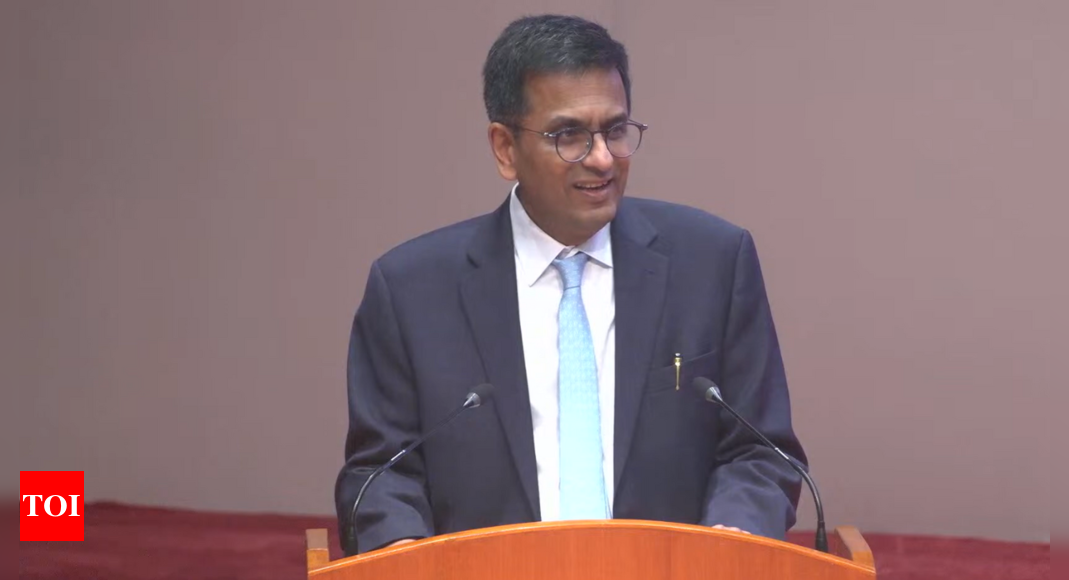
NEW DELHI: India faced extreme weather events on 93% of the days in the first nine months — 255 out of 274 days — in 2024 that claimed 3,238 lives, destroyed over 2.35 lakh houses/buildings and affected crops in 3.2 million hectare (mha) of land, the Centre for Science and Environment (CSE) said on Friday.
The number of extreme weather events, including heat and cold waves, cyclones, lightning, heavy rain, floods and landslides, increased in 2024 compared to the first nine months of 2023.
The CSE’s data shows that the country recorded extreme weather on 235 of 273 days during the corresponding period last year, claiming 2,923 lives, affecting crops in 1.84 mha of land and damaging 80,293 houses.
In its annual ‘state of extreme weather report’, the New Delhi-based think tank CSE noted that Madhya Pradesh experienced extreme weather events on 176 days – the most in the country – whereas Kerala recorded the highest fatalities at 550, followed by Madhya Pradesh (353) and Assam (256) this year.
The report shows that Andhra Pradesh had the most houses damaged (85,806), while Maharashtra, which saw extreme events in 142 days, accounted for over 60% of the affected crop area nation-wide, followed by Madhya Pradesh in 2024.
“This trend is no longer hypothetical — it is visible in the escalating crisis we face today. This report is not good news, but it is a necessary warning, a call to recognise nature’s backlash and the urgent action required to mitigate it. Without combating climate change at a meaningful scale, today’s challenges will only worsen tomorrow,” said Sunita Narain, director general, CSE.
Region-wise data shows that central India faced the highest frequency of extreme events with 218 days, followed closely by the northwest at 213 days. In terms of lives lost, the central region had the most deaths (1,001), followed by the southern Peninsula (762 deaths), east & northeast (741 deaths) and northwest (734 deaths).
The CSE’s analysts, however, pointed out that the reported damage could be an underestimation due to incomplete data collection on event-specific losses, particularly on public property and crop damage.
Referring to other climate records in 2024, the CSE noted that January was India’s ninth driest since 1901 whereas the country recorded its second-highest minimum temperature in February in 123 years. May, on the other hand, saw the fourth-highest mean temperature on record while July, August and September all registered their highest minimum temperatures since 1901.






